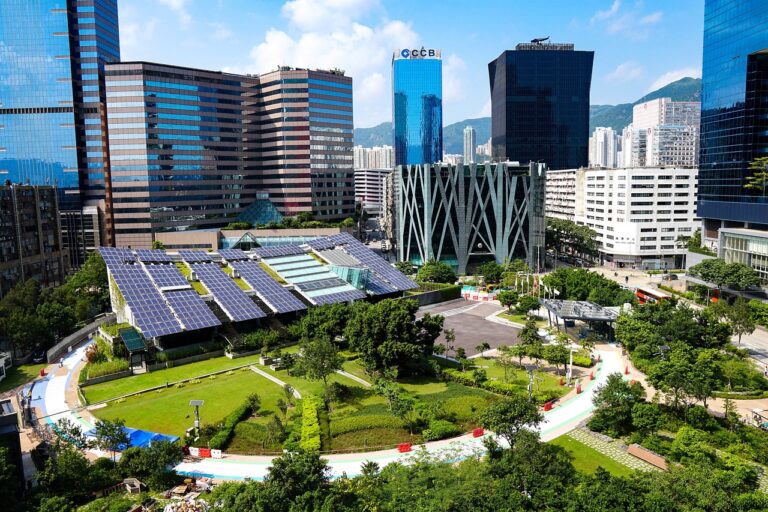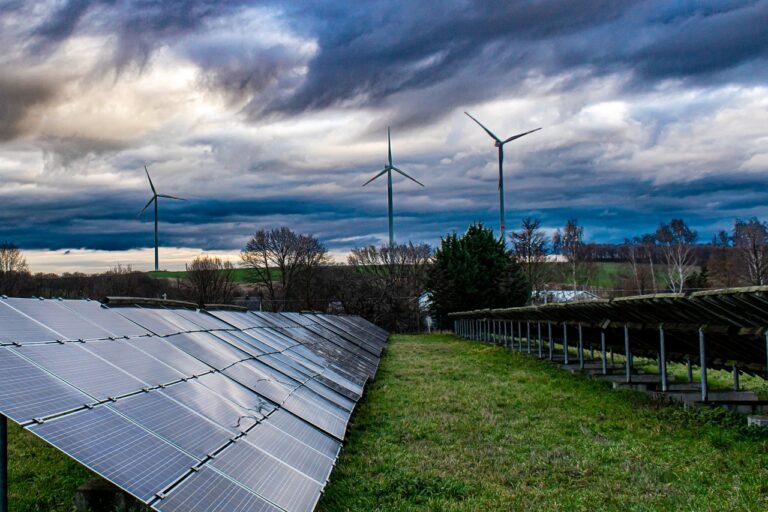According to the latest market research from Future Market Insights, the solar module market will be worth $165.47 billion in 2023.
It is estimated that by 2033, the market value of solar modules will reach 355.24 billion US dollars, with a stable growth rate of 8.86%.
According to FMI, the global solar market will grow by 16.1% from 2019 to 2021. Population growth in developing countries has had a direct impact on electricity production in recent years. Electricity from renewable sources is seen as the best alternative to oil and coal as more people try to reduce carbon emissions. Electricity from renewable sources also grew at a sustainable rate of 8.84%.
Solar power uses thermal energy (heat) or photovoltaic cells in solar modules and photovoltaic glass to generate electricity. At present, the total amount of solar energy on the earth is huge, enough to meet all energy needs. If fully exploited, this highly decentralized source of energy has the potential to meet all future energy needs. For every kilowatt-hour generated, solar energy is 20 times lighter on the environment.
Environmental regulations to reduce fossil fuel use and carbon emissions have increased the demand for renewable energy and the materials from which it is derived. This feature is expected to drive market growth throughout the decade.

Solar Module Market Outlook
The global solar PV market is segmented by region as follows: North America, Europe, Asia Pacific, Middle East, Africa, and Latin America.
Most of the international markets are located in the Asia and Pacific region. In 2021, the region will see solar capacity growth of more than 81GW. High solar irradiance and low module production cost are the major factors driving the market. The market expansion is driven by rising electricity consumption and ambitious targets of some countries to reduce carbon emissions.
China and India are two such countries. In 2021, China will have built more than 51GW of solar power plants. By 2025, China will have the highest solar power capacity.
Measured by the number of solar photovoltaic installations, Europe has the second largest solar capacity in the world. In 2021, the European Union has more than 21GW of solar photovoltaic installed capacity, and the construction of large-scale solar power plants in this region is booming.
These factors are mainly responsible for the growth of the market in Europe. The EU’s Renewable Energy Directive sets out the EU’s plan to increase the use of renewable energy and its own supply. The directive establishes a target of including 20.5% renewable energy in the overall energy mix. The market growth in this segment will accelerate due to the presence of these factors. Europe, Asia and North America are experiencing rapid growth in the solar industry.
Solar PV capacity in North America is growing. In 2021, the combined capacity of off-grid solar installations in the region and Central America exceeds 100MW.
Photovoltaic market dynamics
Demand dynamics for solar modules, technological efficiency for thriving energy production
With the help of high-efficiency technologies such as thin-film and polysilicon module innovations, the efficiency of solar modules has improved in both sunny and rainy seasons, enabling year-round power generation for the first time. This increases the demand for solar energy in residential areas. By completing regular maintenance and keeping it checked, you can easily and inexpensively keep your solar system operating efficiently.
Strong demand from industrial sector expands solar module market
Solar modules can be installed on rooftops to harvest solar energy, or they can be used to generate electricity for self-consumption for use in industrial manufacturing supply chains. Electricity costs seem to be rising forever, accounting for an average of 14% of the total warehouse budget, and rooftop solar panels are taxed 18% and 26% lower than commercial and industrial solar panels, respectively. If a company needs a lot of electricity to run equipment such as machinery and indoor and outdoor lighting, they need to look into renewable energy options like solar to reduce expenses.
High initial setup expenditures, income disparities and delays in government subsidy support are growth constraints
The short- and long-term costs of building operations will be lower due to the installation of solar panels on the roof. There are two types of partnerships that can be used to install solar modules on rooftops: capital expenditure arrangements and power purchase agreements.
Consumers invest in a solar system, and the energy generated by the system is regularly used to power their business. Afterwards, people can sell the excess electricity to the government. In the East Asia and South Pacific region, the average investment to set up a 4KW power supply is $4300.
What are the growth prospects of the US solar module market?
In 2022, the solar PV market in the United States is estimated at USD 11.25 billion. Carbon emissions from traditional fuels used for transportation and power generation have grown, prompting environmentalists to demand the country switch to cleaner, more efficient alternatives. The economy in this region is expected to expand due to favorable government regulations, subsidies, and tax breaks for solar photovoltaic system installation due to rising demand for sustainable energy. The residential and commercial sectors have consolidated during the current period.

Competitive Landscape
Much of the decline in renewable energy funding around the world can be attributed to a slowdown in investment in such resources in Japan and China, but other smaller markets have also played a role. Investment in developing countries fell by 28% overall, compared with a 15% drop in industrialized countries.
As a result, renewables will become increasingly cost-competitive with grid electricity without the need for subsidies.
In 2017, renewable energy won major energy tenders around the world at prices unimaginable just a decade ago. Dubai’s subsidy-free tender reached 2.98 cents per kWh, less than fossil fuels. A Chilean company, Solarpack, submitted a record-low price of 2.8 cents per kilowatt-hour in 2016, about half the price of the most competitive coal power bids.
